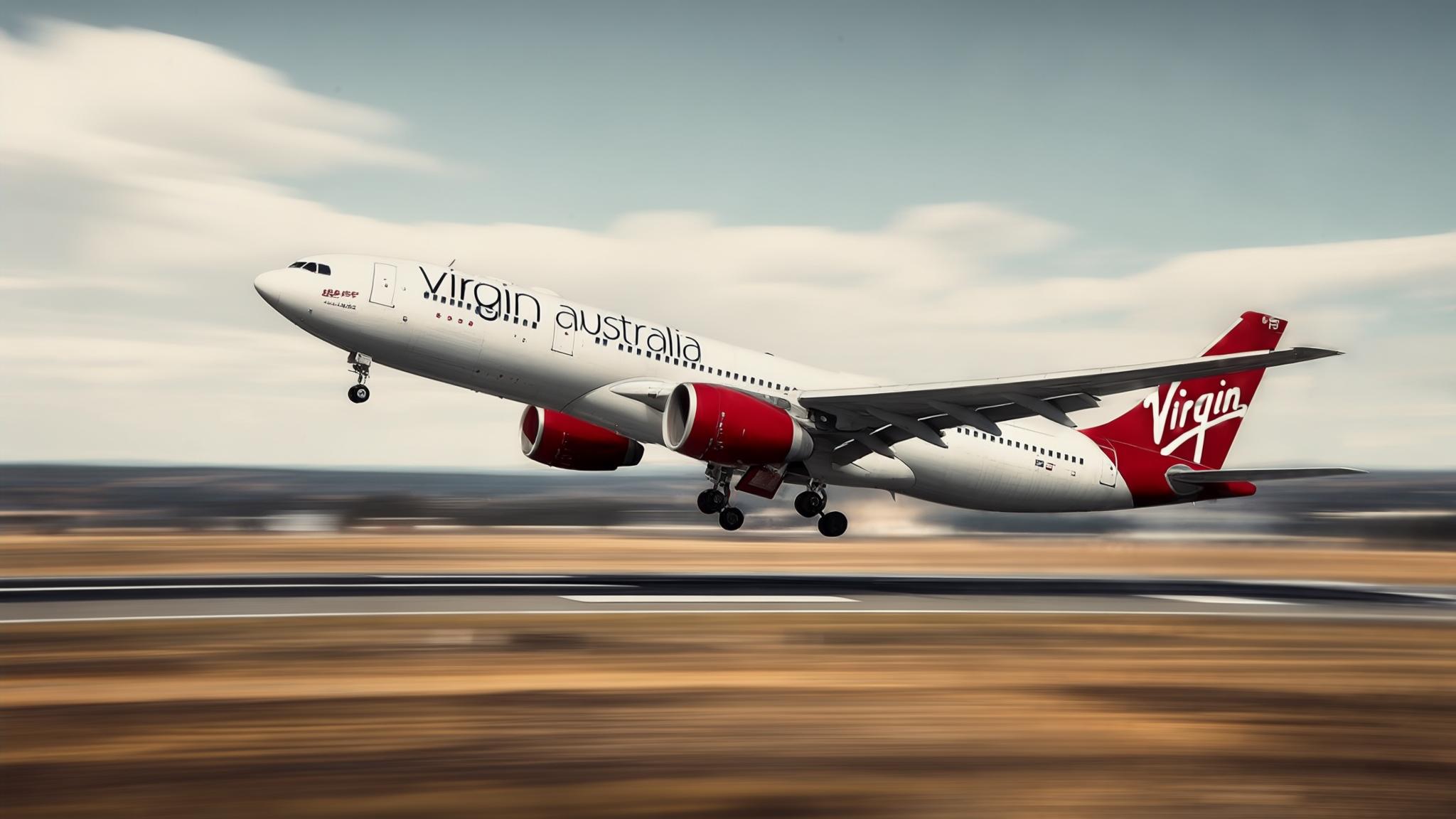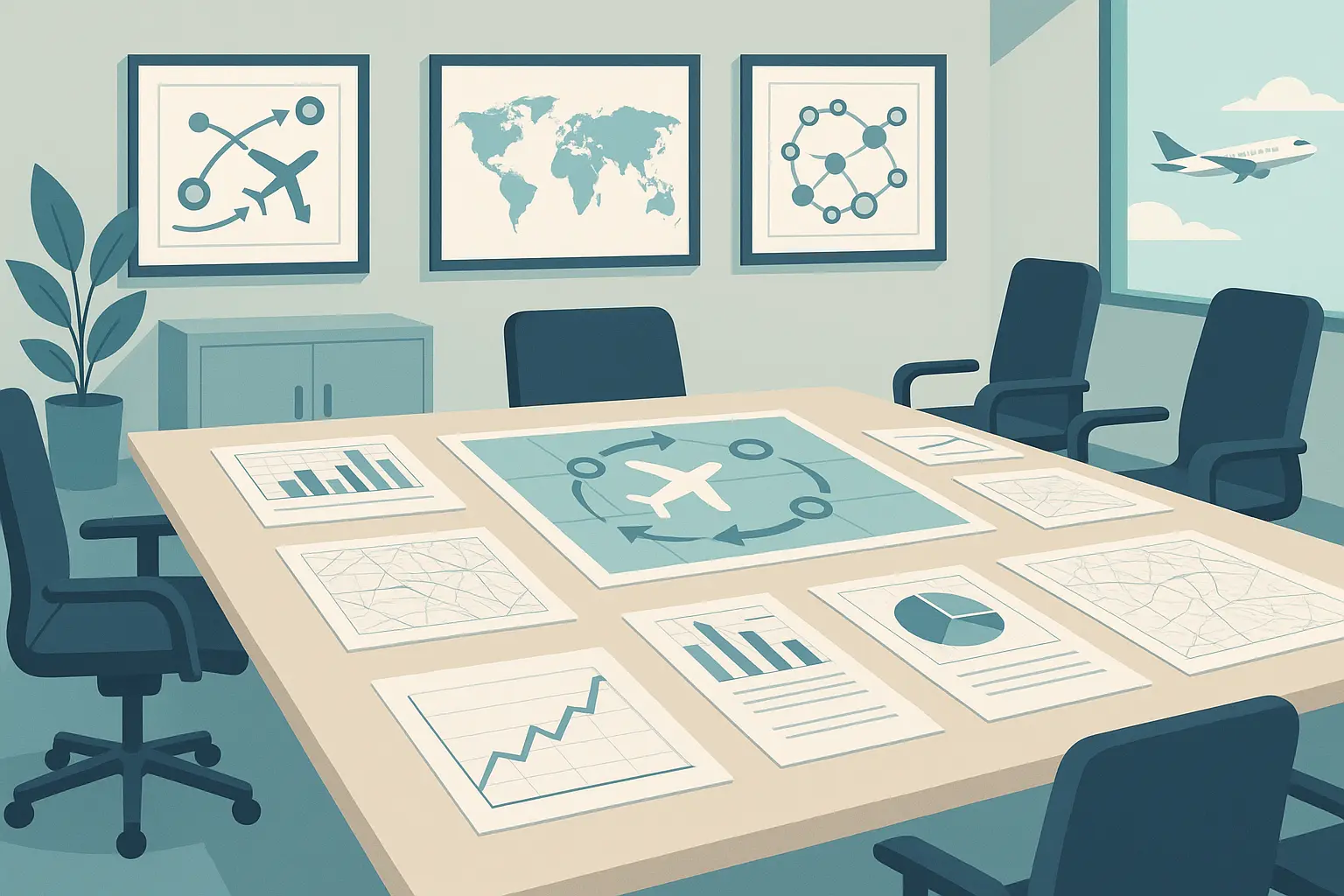
Virgin Australia’s story is wild – like watching a company have a complete identity crisis in slow motion. What started as Virgin Blue’s simple mission to democratize air travel turned into a cautionary tale about losing your way when success goes to your head. The airline’s recent partnership with Hopper Technology Solutions, which has already delivered a 71% increase in revenue quarter-over-quarter, shows what happens when companies finally get their act together and focus on what actually works.
Table of Contents
-
Virgin Australia’s Rollercoaster Business Transformation
-
Market Domination Dreams vs. Reality Check
-
When Competition Gets Brutal: The Qantas-Virgin Showdown
-
Crisis Mode: Surviving the Perfect Storm
-
Hard-Won Lessons from Aviation’s Biggest Comeback Story
TL;DR
-
Virgin Australia’s journey from scrappy startup to premium wannabe to streamlined survivor shows how losing focus can sink even well-funded companies
-
Their biggest screw-up was trying to be both McDonald’s and a fancy steakhouse at the same time – it confused customers and destroyed profitability
-
COVID-19 didn’t kill Virgin Australia; it just exposed years of bad decisions and strategic drift that made them sitting ducks
-
Bain Capital’s takeover proved that sometimes you need to get smaller to get stronger
-
Clear positioning, financial discipline, and actually using data could have prevented most of Virgin’s problems
Virgin Australia’s Rollercoaster Business Transformation
Virgin Australia’s transformation from Virgin Blue to a premium carrier and back to a focused domestic airline is one of aviation’s most dramatic strategic face-plants. This virgin australia case study shows how ambitious growth plans can backfire spectacularly when they’re not grounded in reality. What started as a clear mission to stick it to Qantas became a confusing mess of competing priorities that nearly killed the company.
From Underdog to Overachiever: The Early Virgin Blue Days
Virgin Blue burst onto the Australian aviation scene in 2000 with a simple promise: make flying affordable for everyone. I still remember when they first launched – suddenly you could fly between major cities without having to sell a kidney first.
The strategy was brilliant because it was so damn simple. Point-to-point flights, no frills, rock-bottom prices. They weren’t trying to out-Qantas Qantas; they were creating a whole new category of people who could actually afford to fly.
Here’s what blows my mind about their early success – they basically took Southwest Airlines’ playbook and said “let’s do this in Australia.” And it worked like gangbusters because Qantas had gotten fat and lazy charging whatever they wanted.
|
Virgin Blue’s Original Success Formula (2000-2010) |
||
|---|---|---|
|
Strategy Element |
Implementation |
Result |
|
Aircraft Fleet |
Single Boeing 737 type |
Reduced maintenance costs by 40% |
|
Route Network |
Point-to-point domestic only |
Quick turnarounds, high utilization |
|
Service Model |
No frills, self-service |
Operating costs 30% below Qantas |
|
Pricing Strategy |
Penetration pricing |
Market share grew from 0% to 35% |
|
Target Market |
Price-sensitive leisure travelers |
Created new flying demographic |
The Virgin Blue Formula That Actually Worked
Look, Virgin Blue’s original business model was refreshingly straightforward. One type of plane to keep mechanics happy. Quick turnarounds because time is money. No assigned seating, no meals, no business class – just get people from point A to point B without breaking the bank.
This wasn’t rocket science (Southwest had been doing it for decades), but it was revolutionary for Australia where Qantas had been charging premium prices just because they could. Virgin Blue changed that overnight, and customers loved them for it.
The Melbourne-Sydney Route Revolution: When Virgin Blue launched this route in 2000, Qantas was charging around $400 for a one-way ticket. Virgin Blue said “how about $79?” and suddenly Qantas was scrambling to cut prices by 60%. That’s the power of actually giving customers what they want instead of what you think they should want.
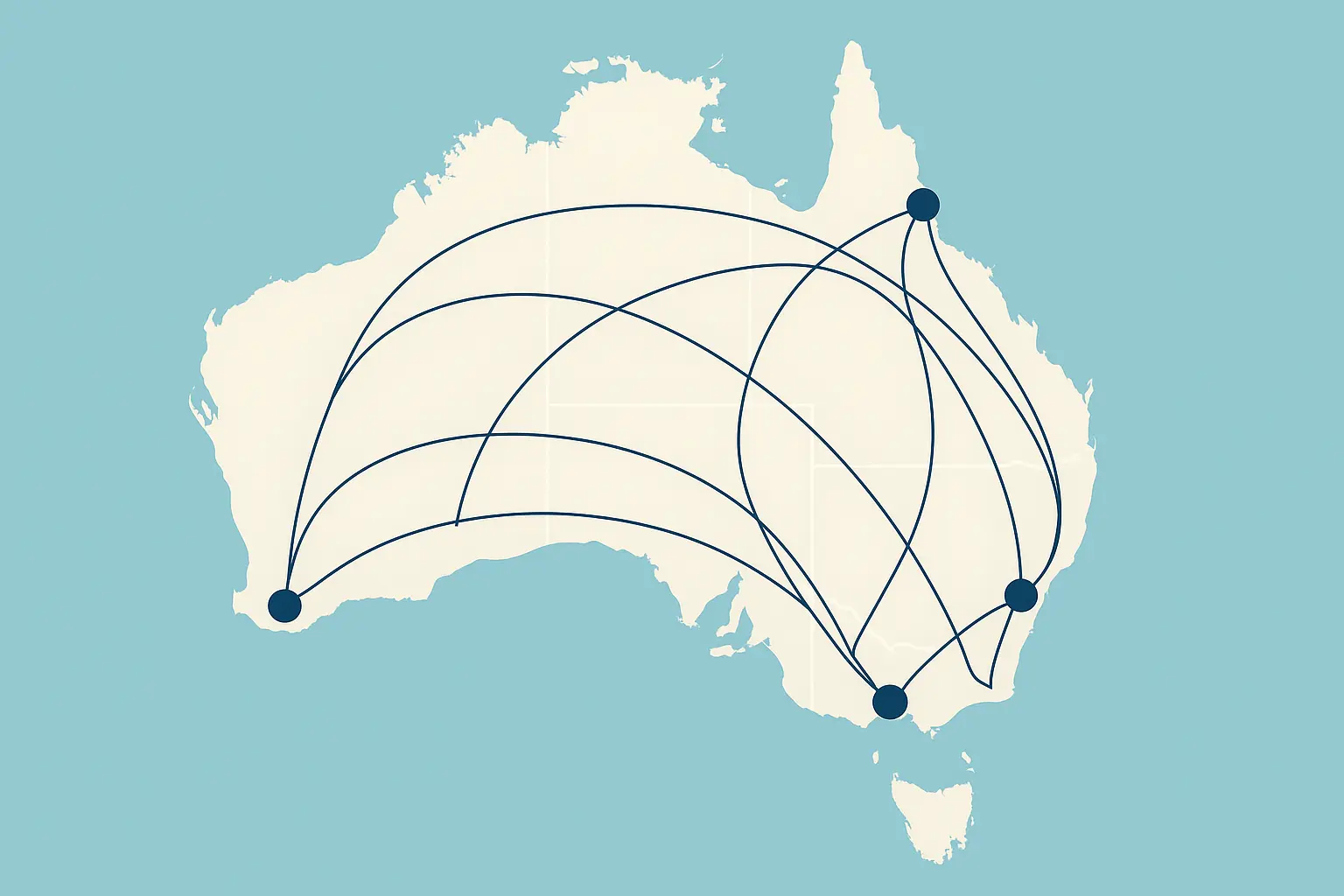
When Success Breeds Dangerous Ambition
And here’s where the wheels started coming off. By 2011, Virgin Blue had proven they could kick Qantas’s ass on price. But instead of thinking “hey, this is working great, let’s keep doing it,” they decided they wanted to be everything Qantas was.
The rebrand to Virgin Australia wasn’t just a name change – it was like watching your scrappy friend from high school suddenly decide they needed to become prom king. Suddenly they wanted business travelers. They wanted premium passengers. They wanted respect, damn it!
I get the temptation, I really do. But here’s the thing – when you’re winning at being the cheap option, why would you want to fight the expensive option on their home turf?
Understanding your lane is crucial, and businesses really need to think hard about market sizing before they abandon what’s actually working.
Strategic Partnerships: Building Alliances or Building Problems?
On paper, Virgin Australia’s partnership strategy looked pretty slick. Singapore Airlines, Etihad Airways, Virgin Group – these weren’t exactly mom-and-pop operations. The thinking was “let’s leverage these relationships for everything.”
But here’s what I’ve learned about having multiple partners with deep pockets – they all want different things. Singapore Airlines had their agenda, Etihad had theirs, and Virgin Group was doing their own thing. Try making decisions when you’ve got three different bosses pulling you in three different directions.
The International Investment Double-Edged Sword
International money came with international expectations. These weren’t silent partners writing checks and disappearing – they wanted Virgin Australia to execute strategies that made sense for their global plans, not necessarily what made sense for an Australian airline.
Etihad’s investment came with strings attached about international routes and premium service standards. This pushed Virgin further away from their “cheap and cheerful” roots and deeper into expensive territory where they frankly had no business competing.
Modern Virgin Australia gets this now. They’re using “Confluent data streaming platform to power customer experience features” – stuff like automated rebooking and real-time baggage tracking. Smart tech that actually helps customers instead of just looking impressive in investor presentations.
Market Domination Dreams vs. Reality Check
So Virgin Australia decided they wanted to move upmarket. Sounds great in theory, right? Problem is, premium passengers don’t just want nicer seats – they want the whole nine yards. Better lounges, better food, better everything. And “better everything” costs a fortune.
The Premium Positioning Trap
Moving upmarket isn’t just about buying fancier seats and calling it a day. Premium passengers are picky as hell, and they should be – they’re paying premium prices. They want perfect on-time performance, outstanding customer service, and amenities that justify the extra cost.
Meanwhile, you’re burning cash on all these upgrades while trying to compete against Qantas, who’s been perfecting this premium game since before you existed. It’s like challenging LeBron James to a basketball game when you just learned to dribble.
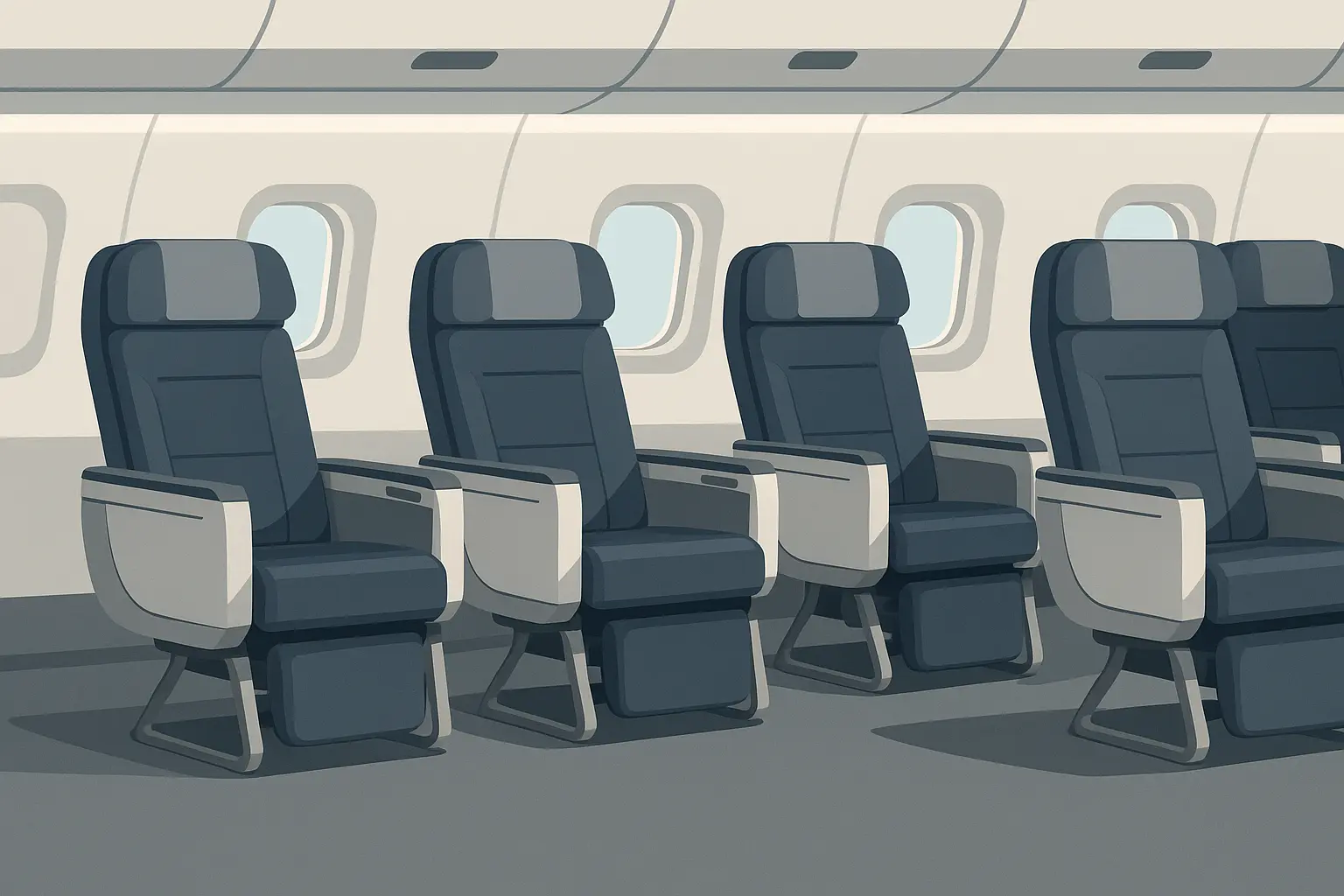
Why Premium Economy Wasn’t the Magic Solution
Virgin Australia thought they’d found the sweet spot with premium economy. The logic seemed sound: offer something better than cattle class but not as expensive as business class. Capture people who want to upgrade but can’t justify the full premium price.
Here’s the brutal reality – premium economy is expensive to deliver but doesn’t let you charge premium prices. You need more space per passenger (so fewer seats), better meals, better service. All while charging prices that are maybe 20-30% higher than regular economy. The math just doesn’t work.
Smart businesses need to run proper ROI calculations before launching new service tiers that look good on paper but destroy your margins.
Fleet Decisions That Haunted the Bottom Line
Aircraft decisions are where Virgin Australia really shot themselves in the foot. Instead of keeping things simple with one type of plane, they went crazy with variety. Different planes for different routes, different passenger expectations, different whatever.
More plane types means more pilot training, more mechanics who know how to fix them, more spare parts sitting in warehouses. Southwest Airlines built their entire competitive advantage around flying just one type of plane. Virgin Australia said “nah, let’s make this as complicated as possible.”
|
Virgin Australia’s Fleet Complexity Problem |
|||
|---|---|---|---|
|
Aircraft Type |
Routes |
Annual Operating Cost Impact |
Training Requirements |
|
Boeing 737-700/800 |
Domestic short-haul |
Baseline |
Standard |
|
Airbus A330-200 |
International/long domestic |
+45% per seat-mile |
Separate type rating |
|
Boeing 777-300ER |
Long-haul international |
+60% per seat-mile |
Additional type rating |
|
ATR 72 (regional) |
Regional routes |
+25% per seat-mile |
Turboprop certification |
|
Embraer E-190 |
Thin routes |
+35% per seat-mile |
Regional jet rating |
Route Network Expansion: Growth or Overreach?
Virgin Australia’s route map started looking like a spider web drawn by someone having a seizure. Domestic routes, international routes, regional connections – they wanted to fly everywhere Qantas flew, just because.
But here’s the thing about routes – not all of them make money. Some routes exist to feed passengers into your profitable routes. Others exist because if you don’t serve them, your competitors will steal your customers. Virgin Australia seemed to add routes without figuring out which category they fell into.
The Los Angeles Route Disaster: Perfect example of this thinking. In 2011, they launched direct Brisbane-LA flights. Sounds great, right? Except it required expensive Boeing 777s, competed against established carriers, and served a market with limited demand from Brisbane. Three years and millions of dollars later, they quietly killed the route. Oops.
When Competition Gets Brutal: The Qantas-Virgin Showdown
When Virgin Blue showed up offering flights for half of Qantas’s prices, Qantas couldn’t just ignore them. So they did what any rational competitor would do – they started a price war that lasted for years and nearly killed both airlines.
The Price War That Nobody Won
Price wars are like nuclear warfare – everybody loses, but somebody has to blink first. Virgin Blue and Qantas spent years trying to undercut each other, and customers loved every minute of it. Meanwhile, both airlines were hemorrhaging money like they’d been shot.
The problem with price wars is that they train customers to expect unrealistically low prices. Once you start that race to the bottom, it’s really hard to climb back up without losing customers to whoever’s willing to keep bleeding money.
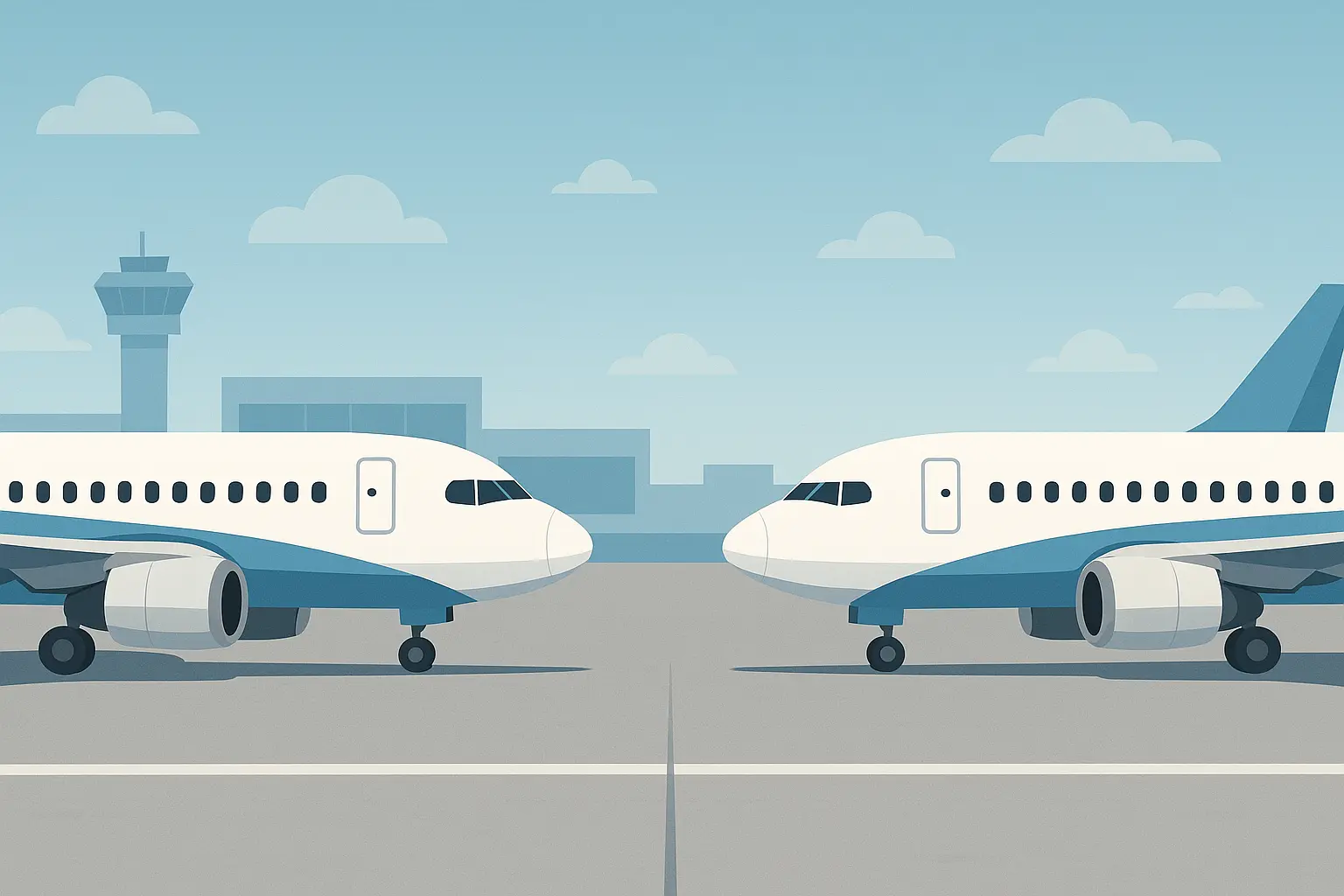
Jetstar: The Competitor Virgin Couldn’t Ignore
Here’s where Qantas showed they were smarter than Virgin gave them credit for. Instead of making their main brand compete on price (which would’ve trashed their premium image), they created Jetstar to fight Virgin Blue directly.
This was brilliant and brutal. Virgin Australia was now fighting Jetstar for budget customers while also trying to fight Qantas for premium customers. It’s like being in a boxing match where your opponent gets to use both hands while you’re tied behind your back.
Market Share vs. Profitability: The Fatal Trade-off
Virgin Australia became obsessed with market share numbers. Every quarterly report was like “look how many more passengers we carried!” But passengers don’t pay your bills – profit does.
The airline industry is littered with companies that had impressive market share and impressive losses. Virgin Australia fell into this trap hard, celebrating growth while ignoring the fact that they were losing money on every flight.
Smart businesses focus on revenue optimization instead of vanity metrics that look good in press releases but don’t actually mean anything.
The Tigerair Experiment: When Acquisition Goes Wrong
Virgin Australia’s acquisition of Tigerair was supposed to give them their own budget weapon to fight Jetstar. Instead, it became a money pit that confused their brand even more.
Running two brands is like trying to juggle while riding a unicycle – it looks impressive until you face-plant. You need separate marketing, separate operations, separate everything. Virgin Australia learned the hard way that they didn’t have the bandwidth to make this work.
The Velocity Frequent Flyer Success Story: Here’s the one thing Virgin Australia actually nailed – their Velocity loyalty program. By 2019, they had 11.5 million members, making it Australia’s second-largest loyalty program. Why did this work when everything else didn’t? Because it was simple and generous. Sometimes the obvious answer is the right answer.
Crisis Mode: Surviving the Perfect Storm
COVID-19 didn’t kill Virgin Australia – it just exposed how sick the patient already was. When travel restrictions hit and revenue disappeared overnight, all those years of prioritizing growth over profits came back to haunt them.
COVID-19: The Crisis That Exposed Everything
Airlines with strong balance sheets and cash reserves survived the initial shock. Virgin Australia had neither. They’d spent their good years chasing market share instead of building financial strength, an d when the music stopped, they didn’t have a chair.
It’s like the old Warren Buffett quote – you don’t know who’s swimming naked until the tide goes out. COVID was Virgin Australia’s low tide moment.
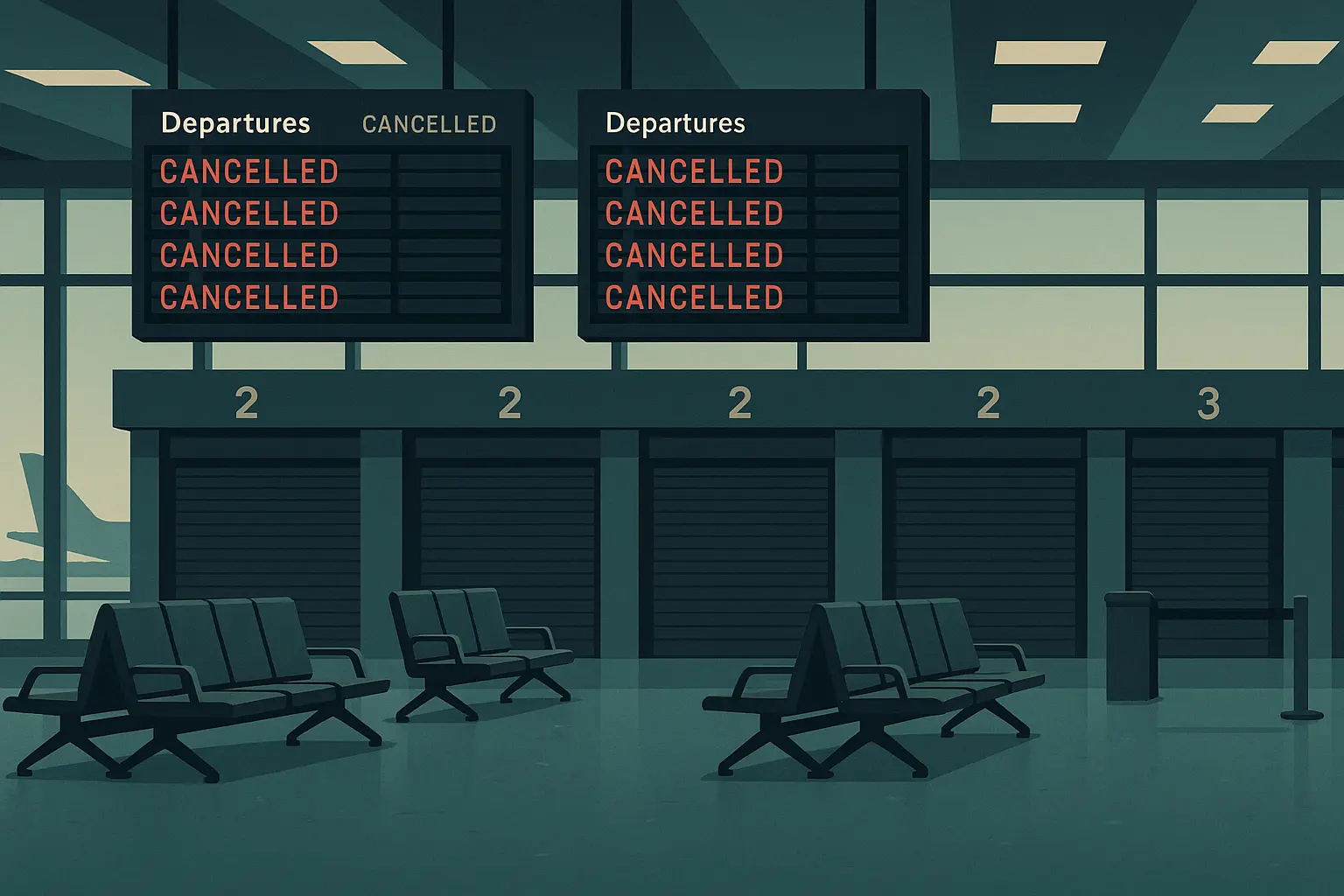
Government Relations: When Politics Meets Business
Virgin Australia went hat-in-hand to the government, arguing they were too important to fail. They talked about competition, jobs, the national interest – all the usual arguments companies make when they need a bailout.
The Australian government basically said “nope.” Unlike other countries that bailed out their airlines, Australia decided to let the market work. Virgin Australia went into administration, and the message was clear: being big doesn’t guarantee survival.
Voluntary Administration: Rock Bottom or Fresh Start?
Voluntary administration sounds like failure, but for Virgin Australia it was actually the best thing that could’ve happened. The administration process forced all those hard decisions that management had been avoiding for years.
Creditors got screwed. Shareholders got wiped out. Employees lost jobs. But the company that emerged was actually financially viable for the first time in years.
Bain Capital’s Turnaround Strategy
Bain Capital didn’t buy Virgin Australia to continue the same strategy that had failed. They bought it to do something completely different – smaller network, simpler operations, focus on routes that actually make money.
This wasn’t about being the biggest or fighting Qantas on every front. This was about building a business that could pay its bills and maybe even turn a profit. Revolutionary concept, right?

The new Virgin Australia is getting smarter about technology too. In 2025, they partnered with “Hopper Technology Solutions to integrate AI-powered fintech” including “Cancel For Any Reason” protection. Smart move – let technology handle the complexity while you focus on flying planes.
Hard-Won Lessons from Aviation’s Biggest Comeback Story
Virgin Australia’s journey is like a masterclass in how not to run a business, followed by a masterclass in how to fix it. The lessons here go way beyond airlines – any business can learn from their mistakes.
Strategic Clarity: The Foundation Everything Else Builds On
Virgin Australia’s biggest screw-up was forgetting who they were and who they served. When you try to be everything to everyone, you end up being nothing to anyone. It’s business 101, but somehow they forgot.
The most successful companies know exactly who their customers are and what those customers want. Virgin Australia lost this clarity and spent years wandering around like a lost tourist in their own industry.

Strategic Clarity Checklist for Business Leaders
Here’s a reality check for any business leader:
-
Can you explain what you do in one sentence without using buzzwords?
-
Do you actually know who your ideal customer is (and more importantly, who isn’t)?
-
Are you making decisions that align with your positioning, or are you all over the place?
-
Can your employees clearly explain what makes you different from competitors?
-
Do you regularly say “no” to opportunities that don’t fit your strategy?
-
Are your marketing messages consistent, or do they change depending on who’s writing them?
-
Are you measuring success based on what actually matters to your business?
Data-Driven Decision Making: What Virgin Australia Missed
Virgin Australia made too many decisions based on gut feelings and wishful thinking instead of actual data. Route decisions, fleet decisions, pricing decisions – a lot of these weren’t backed up by solid analysis.
Look, we live in an age where you can track almost everything about customer behavior and market dynamics. Companies that actually use this data to make decisions have a huge advantage over those flying blind.
Virgin Australia’s story is basically a cautionary tale about what happens when you make big bets without doing your homework first.
Businesses need solid tracking systems and should implement comprehensive analytics auditing processes to make sure they’re making decisions based on real data, not assumptions.
Financial Discipline: The Unglamorous Key to Survival
Growth is sexy. Expansion is exciting. Premium positioning makes for great press releases. Financial discipline? Boring as hell – but it’s what keeps the lights on when things get tough.
Virgin Australia got caught up in all the exciting stuff and forgot about the boring fundamentals. They expanded routes before making sure existing ones were profitable. They upgraded services before figuring out if they could afford the upgrades. Classic case of putting the cart before the horse.
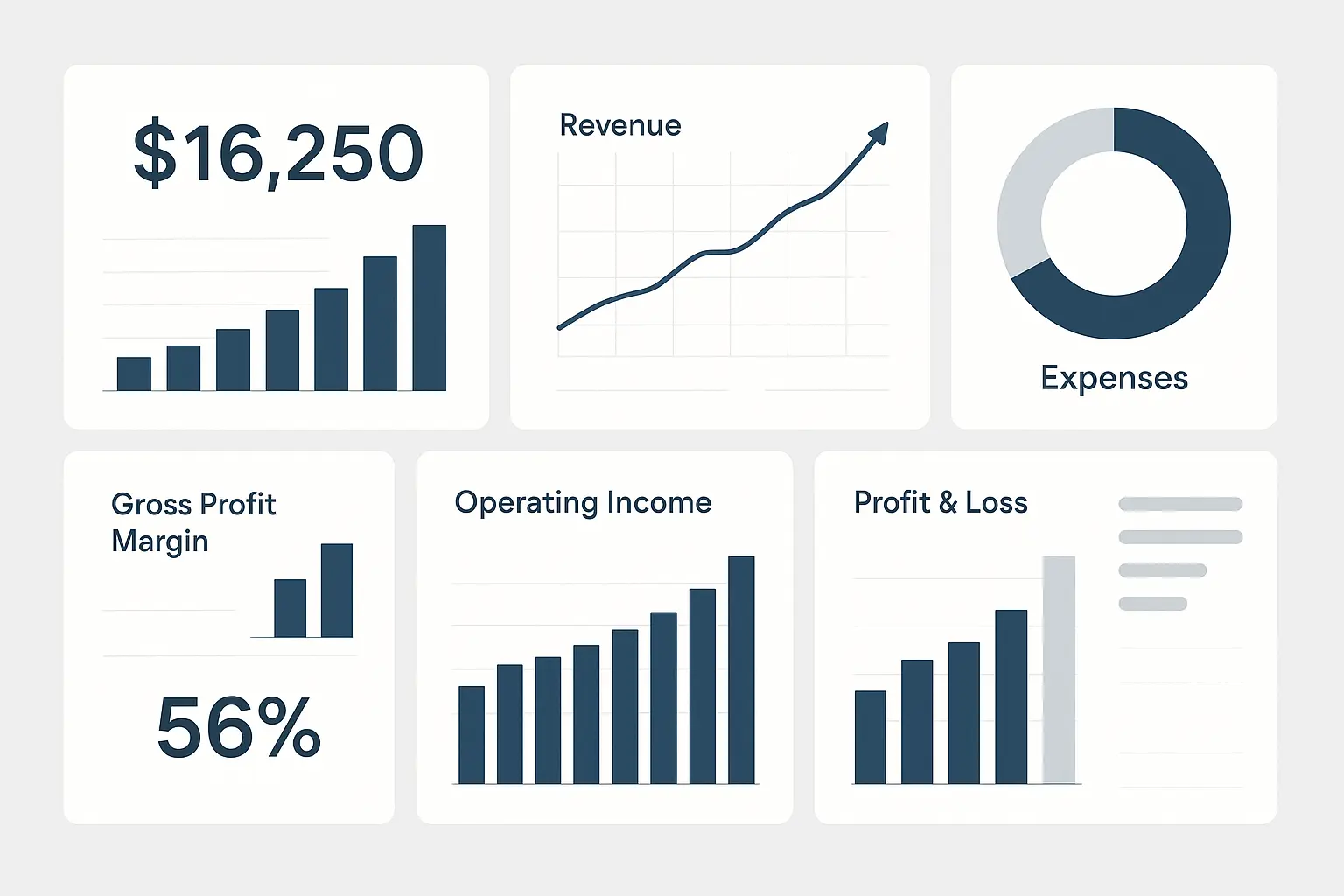
Crisis Preparedness: Building Resilience Before You Need It
Every business is going to face some kind of crisis eventually. Economic downturns, competitive threats, regulatory changes, global pandemics – something’s going to test your resilience when you least expect it.
Virgin Australia wasn’t ready because they’d spent their good years chasing growth instead of building strength. The companies that survived COVID were usually the ones that had prepared for bad times during good times.
Smart financial planning means understanding all your costs and revenue streams, which requires tools like marketing budget calculators to make sure you’re not throwing money at the wrong things.
Crisis Preparedness Template
Financial Resilience Metrics:
-
Cash reserves that can cover 6-12 months of fixed costs (because shit happens)
-
Debt levels that won’t kill you when revenue drops
-
Revenue streams that aren’t all from one source (diversification 101)
-
Cost structure that can scale down quickly when needed
Operational Flexibility:
-
Workforce that can adapt (mix of permanent and contract employees)
-
Contracts and leases that don’t lock you into bad situations
-
Multiple suppliers so you’re not screwed if one fails
-
Technology that actually works when everyone’s working remotely
Strategic Options:
-
Plans for cutting costs by 10%, 25%, and 50% (hope you never need the last one)
-
Alternative revenue ideas you can activate quickly
-
Partnership opportunities for when times get tough
-
Clear plans for what you’d shut down first if you had to
How The Marketing Agency Helps Businesses Avoid Virgin Australia’s Mistakes
Virgin Australia’s story hits close to home for a lot of businesses trying to figure out their place in competitive markets. At The Marketing Agency, we help companies avoid the strategic confusion that screwed Virgin Australia by focusing on data-driven strategies and clear performance measurement.
Here’s where we see businesses making the same mistakes Virgin Australia made:
Strategic Positioning and Brand Clarity: Too many companies try to be everything to everyone because they’re afraid of saying no to potential customers. We use real market research and customer data to help businesses find their sweet spot and stick to it. Our PPC campaigns and inbound marketing focus on specific customer segments instead of trying to appeal to everyone with generic messaging.
Performance-Based Growth: Unlike Virgin Australia’s obsession with market share, we focus on profitable customer acquisition. Our email marketing and conversion optimization prioritize ROI over vanity metrics because growth that loses money isn’t really growth – it’s just expensive.
Data-Driven Decision Making: Every campaign we run includes detailed performance tracking and analysis. This means your strategic decisions are based on what customers actually do, not what you think they might do or what worked for some other company in a different market.
We believe in advanced analytics for strategic growth that help businesses make smart decisions about where to focus their resources instead of spreading themselves too thin.
Want to build a marketing strategy that drives profitable growth instead of just any growth? Let’s talk about how data-driven marketing can help your business avoid the costly mistakes that nearly killed Virgin Australia.
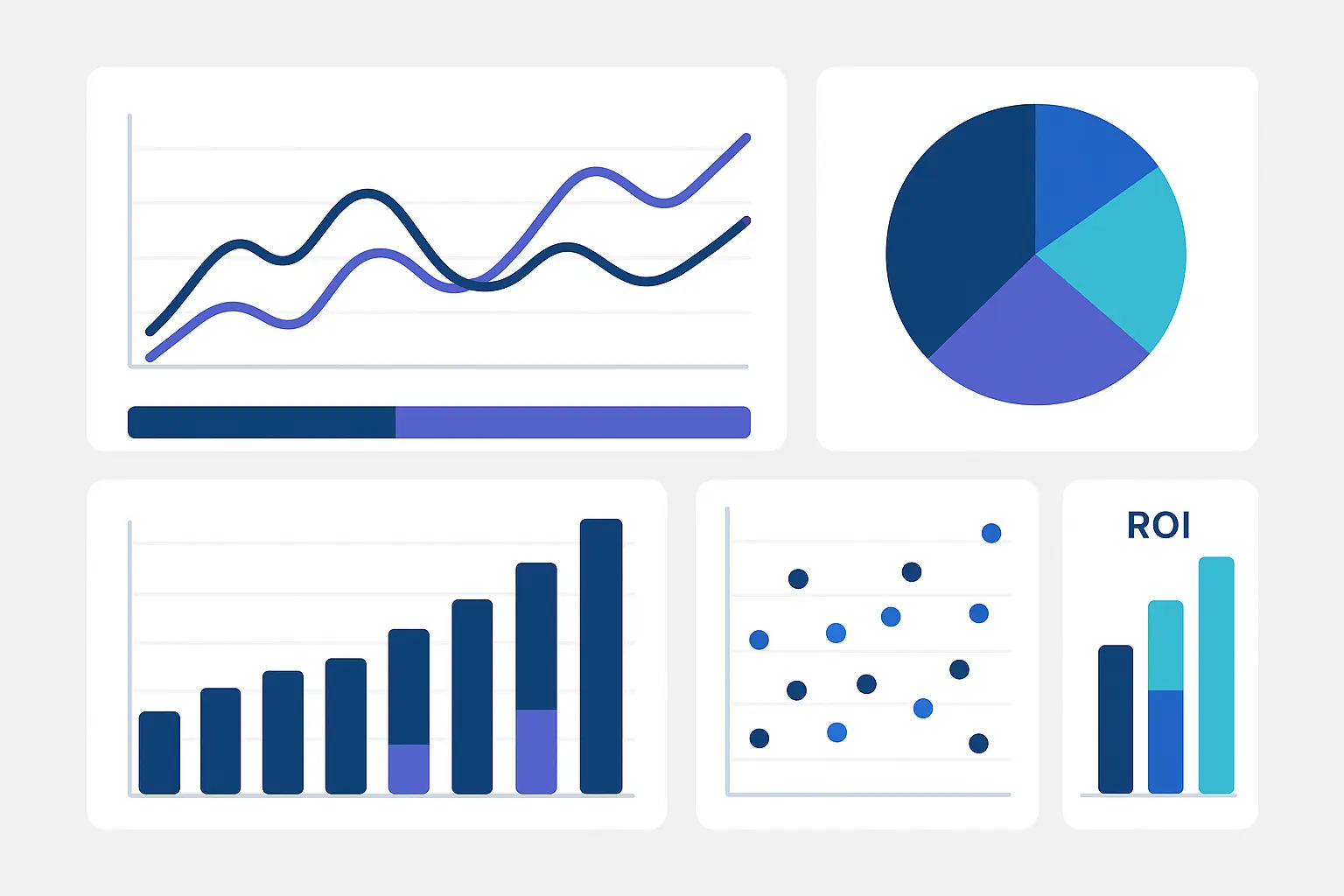
Final Thoughts
Virgin Australia’s journey from startup darling to corporate disaster to focused recovery is one of the best business case studies you’ll ever read. It’s got everything – early success, strategic confusion, competitive battles, financial meltdown, and ultimately, redemption.
What makes this story so valuable isn’t just the drama (though there’s plenty of that). It’s how clearly it shows what happens when companies lose sight of what made them successful in the first place. Virgin Australia didn’t fail because they lacked resources or faced impossible competition. They failed because they forgot who they were.
The most striking thing about their story is how quickly everything unraveled once they started trying to be something they weren’t. Each decision to chase premium customers, each new route, each additional aircraft type seemed reasonable by itself. But together, they created a business model that was unsustainable and confusing.
COVID-19 gets blamed for killing Virgin Australia, but that’s not really true. The pandemic just removed the market growth that had been hiding their problems for years. Companies with clear strategies, disciplined operations, and strong finances survived. Those without didn’t.
For anyone running a business, Virgin Australia’s experience is a powerful reminder that sustainable success comes from doing a few things really well, not from trying to match competitors on everything. The airline’s recovery under Bain Capital proves that sometimes you have to get smaller to get stronger.
Maybe the most important lesson here is that it’s never too late to get back to basics. Virgin Australia’s current version might be smaller than before, but it’s profitable and sustainable. Sometimes admitting what isn’t working and having the guts to change course completely is exactly what a business needs.
In the end, Virgin Australia’s story isn’t really about airlines – it’s about the importance of knowing who you are, sticking to what works, and having the financial discipline to survive when things get tough. Pretty good lessons for any business, if you ask me.


